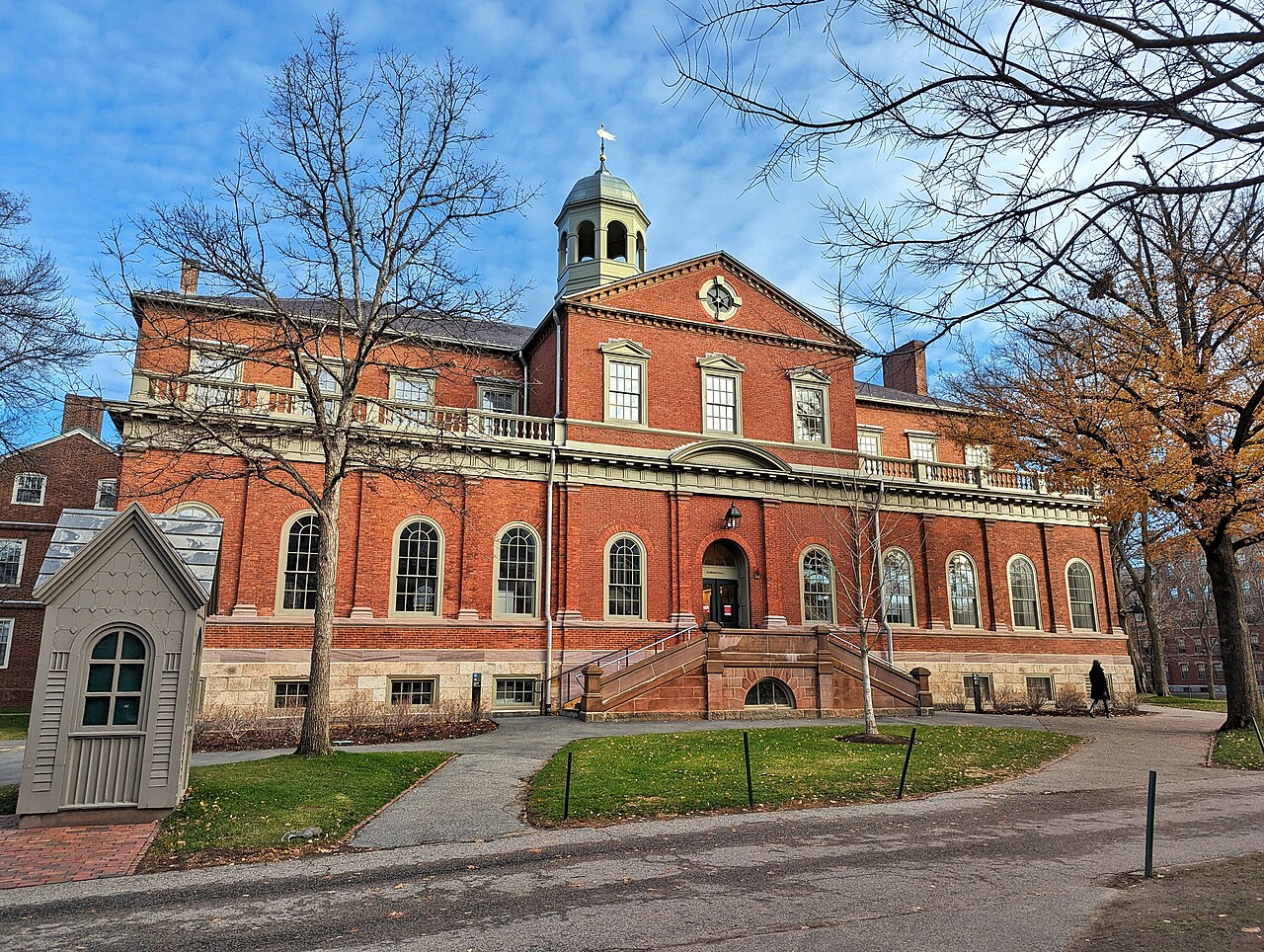The National Security Lawyer, In Crisis: When the “Best View” of the Law May Not Be the Best View
Since my time in the Obama Administration, I have been interested in exploring questions of how, most productively and realistically, to think about national security lawyering processes and standards. Among these questions are the role of the Office of Legal Counsel and, on one view of that role, that Office’s obligation to provide a “best view” of the law that delimits the legal options available to the Executive.
Published by The Lawfare Institute
in Cooperation With

Since my time in the Obama Administration, I have been interested in exploring questions of how, most productively and realistically, to think about national security lawyering processes and standards. Among these questions are the role of the Office of Legal Counsel and, on one view of that role, that Office’s obligation to provide a “best view” of the law that delimits the legal options available to the Executive. A paper I have written reconsiders the “best view” standard as it governs our understanding of the relationship of lawyer and policy maker in one setting: national security crisis. It contests the suitability in conditions of crisis of both “best view” and the centrality of OLC’s role, and proposes an alternative, fully transparent legal advisory process that would allow for the development of reasonable, good faith legal positions in support of an Administration’s policy objectives.
This is the abstract for the paper, The National Security Lawyer, In Crisis: When the “Best View” of the Law May Not Be the Best View, which is now posted to SSRN:
The Department of Justice’s Office of Legal Counsel has committed to certain principles for the conduct of its legal advisory function, one of which is a commitment to providing the executive a “best view” of the law while nonetheless “facilitating” where possible the executive’s policy objectives. The standard is closely related to a conception of the Office’s standing, developed after Watergate in the Carter Administration, as a source of fully independent legal advice insulated to the maximum extent possible from political and policy pressure. This adherence to “best view” has been the source of considerable comment and criticism when the Office has appeared to depart from this standard in supplying the executive with legal positions that may qualify as “reasonable” or “plausible” but fall manifestly short of what scholars and other observers judged to be the best possible reading of the law.
This Article questions the “best view” as a standard that should bind the OLC, or any other senior legal advisers, in advising the executive in a national security crisis. It challenges the best view theory both as an empirically unsustainable account of how lawyers in fact perform in a crisis setting, and as a theoretically unjustified constraint on the range of legal options that a president’s legal advisers should be expected to offer. Among the criticisms is the absence of a fully coherent conception of “best view,” and the risk that best view claims mask what are less legal, and more policy, disagreements. The Article sets out an alternative of legal positions grounded in reasonable, good faith readings of the law, subject to thoroughgoing transparency requirements.
One consequence of this revised view of crisis lawyering is that it is no longer clear that OLC should have the primary if not decisive role in determining the lead advice that the executive should receive when confronting a critical national security challenge. An alternative decision-making model would assure that OLC views are considered but would allow for a crisis management structure with different leadership on legal issues, including but not limited to the Counsel to the President, and closer, more open dialogue between lawyers and policy makers. The Article insists that the key to the executive checking function is a detailed public accounting of the legal advisory structure established to support the president’s decision-making in crisis and of the substance of the Administration’s formal legal position.
Apart from an assessment of the literature and expositions of “best view,” the Article draws on historical and contemporary sources that aid in a dispassionate analysis of the response of lawyers to policy and political pressure in crisis. One such source is the historical record of the functioning of the executive’s legal advisory process in two major national security crises: the bases-for-destroyers exchange with Great Britain intended to shore up that country’s defense against the German military onslaught, and the Cuban Missile Crisis of 1962. Primary source materials, including memoirs and documents authored by senior legal advisers, supply useful insight into the challenges of crisis lawyering. A second source are senior national security lawyers who have served in recent Administrations and who agreed to be interviewed for this Article about their personal experience with the conflicts between “best view” and the responsibility to advance where possible the executive’s policy objectives.





